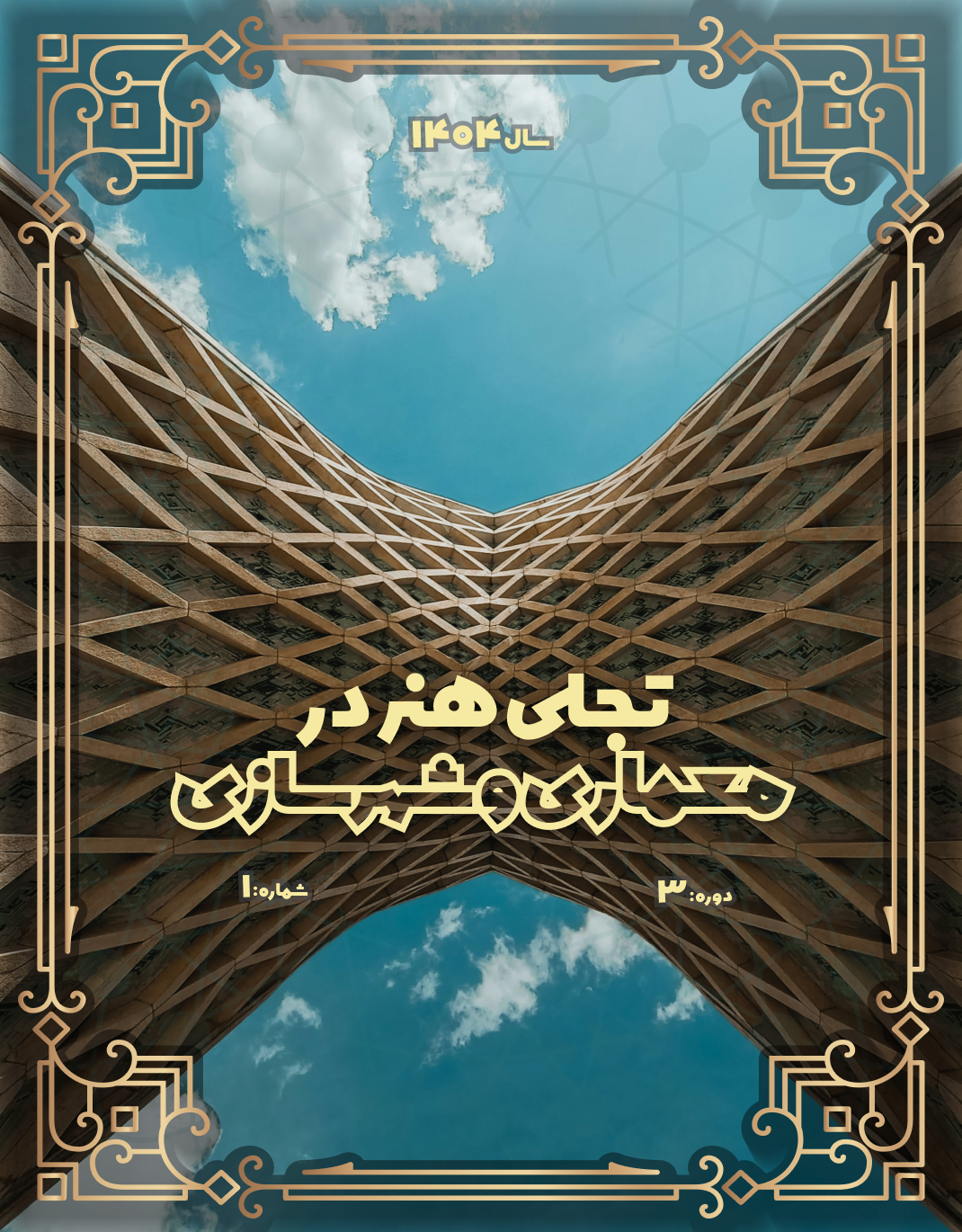Identifying and Evaluating the Components of Modern Technologies in Architecture and Their Impact on Public Comfort (Case Study: District 3 of Shiraz)
Keywords:
Technology, architecture, technology, comfort, evaluationAbstract
In today's world, the use of terms and concepts such as modern technology has become prevalent in scientific and academic circles, reflecting the special attention that scholars and researchers pay to developments and advancements in the field of technology. Contemporary technologies herald significant progress in various scientific and artistic domains, including architecture. The objective of this study is to identify and evaluate the components of modern technologies in architecture and to examine their impact on public comfort. Nowadays, new technologies are widely utilized to create comfort and welfare, enhance security, and reduce costs. Architecture, as one of the key components of the built environment, has historically been influenced by the technologies of its time. The undeniable impact of steel and concrete on the emergence of modern architecture is a clear testament to this claim. In recent years, we have witnessed the significant presence of modern technological features in construction and architectural practices. In this context, architecture has at times been overshadowed by modern technologies, while in other instances, these technologies have subtly and effectively served architectural purposes. The research method adopted in this study involves the selection of thirty types of contemporary building materials, followed by the preparation of a questionnaire aligned with their corresponding indicators. This questionnaire measures the desirability of these components and the ratings assigned to them by citizens. In this research, 384 residents of District 3 in Shiraz responded to the questionnaire, rating each item on a five-point Likert scale ranging from “very high” to “very low.” The citizens’ responses were then analyzed using SPSS version 25 to assess the quality and desirability of the selected components.
Downloads
References
1. Beyzavi MR, editor Utilizing Solar Energy in Building Architecture2020.
2. Feizi S, editor Examining Modern Technologies in Architecture and Their Interaction with Traditional Architecture2012.
3. Nazer Ilkhani R, Memar Dezfouli S, Rezaei MM, editors. Examining and Evaluating Modern Building Technologies and Materials in Architecture2013.
4. Omar O, Garcia- Fernandez BAUAF-BA, Vazquez- Molinı D. Optimization of daylight utilization in energy saving application on the library in faculty of architecture design and built environment, beirut arab university. Alexandria Engineering Journal. 2018;75(4):3921-30.
5. Rui H, Daping L, Guangjie Z, Linjie L. A comparative study on planning patterns of industrial bases in northeast china based on spatial syntax. Journal of Academic Librarianship. Journal of Academic Librarianship. 2022;14(2):256-68.
6. Sayyed Hassan Abdallah A, Mohamed Ahmed Mahmoud R. Urban morphology as in adaptation strategy to improve outdoor thermal comfort in urban residential community of new assiut city, egypt. Sustainable Cities and Society. 2022;78:103648.
7. Alipour Shoari Dehghani Z, Fadaei Haqi M, editors. Modern Materials and Technologies in Architecture2015.
8. Hassangholi Nejad K, Yousofi M, Norouzi H, editors. Examining Clean Energy in Architecture with a Focus on Reducing Energy Consumption2021.
9. Beyzavi MR, Daneshpour A, editors. Examining the Role of Nano Technology in Sustainable Architecture2019.
10. Beyzavi MR, Shahriari S, editors. Examining the Role of Technology in Sustainable Architecture2019.
Downloads
Published
Submitted
Revised
Accepted
Issue
Section
License
Copyright (c) 2025 محمد رضا بیضاوی, طاهره نصر, هادی کشمیری (نویسنده)

This work is licensed under a Creative Commons Attribution-NonCommercial 4.0 International License.










